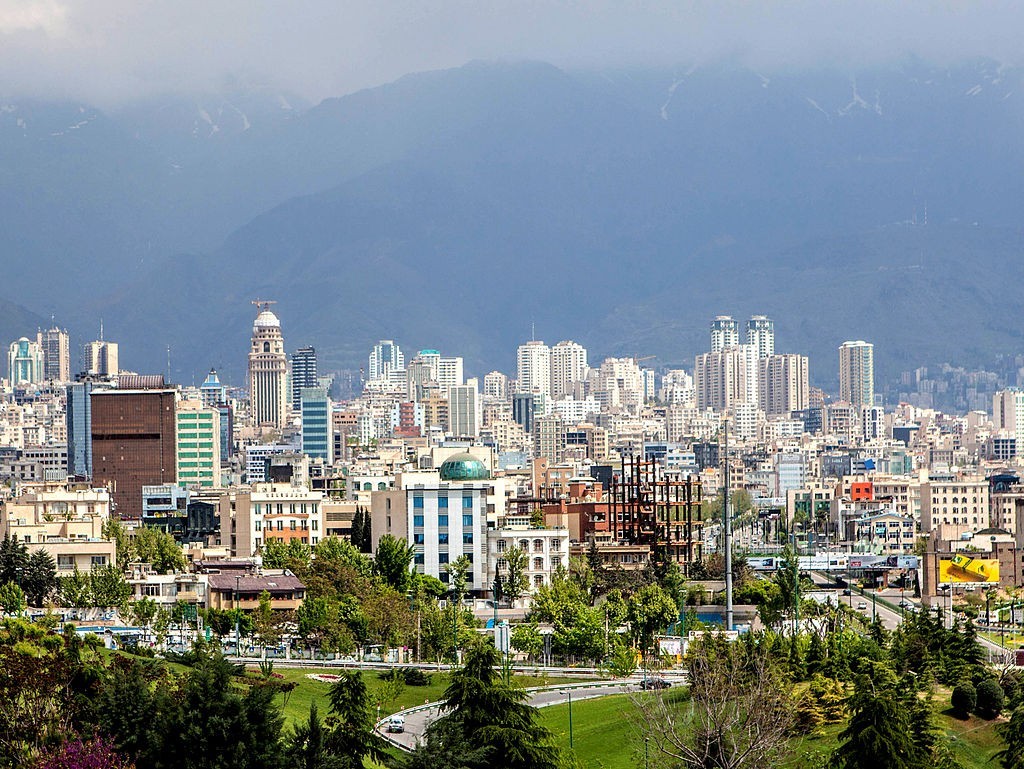
Oil in London slid below $45 a barrel for the first time since March 2009 as Iran reiterated it will boost production and U.S. drillers showed no signs of slowing.
Brent futures fell as much as 2.7 percent, extending a 7.3 percent drop last week, the most in five months. Iran will expand output “at any cost” to defend market share, Oil Minister Bijan Namdar Zanganeh said, according to his ministry’s news website. The number of active oil rigs in the U.S. rose for the seventh time in eight weeks, Baker Hughes Inc. data showed Friday.
Oil’s worsening global surplus has fueled pessimism and driven prices down by more than 30 percent since May, prompting hedge funds to cut bullish bets to a five-year low. Iran is joining leading members of the Organization of Petroleum Exporting Countries in raising production while U.S. crude stockpiles are almost 100 million barrels above the five-year seasonal average.
“The continued concern around Iran and the risk of a longer than expected re-balancing in the oil market is certainly increasing,” Daniel Hynes, a senior commodity strategist at Australia & New Zealand Banking Group Ltd. in Sydney, said by phone. “Over the next month, we’ll see the end to the peak driving season in the U.S. It doesn’t bode well for the fundamentals.”
Brent for October settlement declined as much as $1.22 to $44.24 a barrel on the London-based ICE Futures Europe exchange and was at $44.36 at 3 p.m. Sydney time. The contract lost $1.16 to $45.46 on Friday. The European benchmark crude traded at a $5.03 premium to West Texas Intermediate, the U.S. marker grade.
Iran Production
WTI for October delivery decreased as much as $1.45, or 3.6 percent, to $39 a barrel on the New York Mercantile Exchange, the lowest intraday price since February 2009. Prices fell 4.8 percent through Friday for an eighth weekly drop, the longest losing streak since 1986. Total volume was more than double the 100-day average.
Iran was OPEC’s second-largest producer before international penalties over its nuclear program began in mid-2012. The country will seek to regain oil sales regardless of prices, Zanganeh said last month after negotiators reached a deal with world powers offering sanctions relief.
OPEC, which supplies about 40 percent of the world’s crude, has pumped above its quota of 30 million barrels a day for more than year, according to data compiled by Bloomberg. Iran’s output trailed that of Saudi Arabia and Iraq in July.
Commodity Rout
The Bloomberg Commodity Index, which tracks 22 raw materials, sank to the lowest level in 16 years as China’s economic slowdown exacerbates surpluses from oil to metals. The Asian nation is the world’s biggest energy consumer.
Crude’s slump triggered losses in related equities. China Petroleum & Chemical Corp. slid 6.8 percent to the lowest since September 2010 in Hong Kong. Shares of Asia’s largest refiner plunged 7.9 percent in Shanghai.
In the U.S., the rig count climbed by 2 to 674 through Aug. 21, according to Baker Hughes, an oilfield-services company. That’s the highest level since May 1.
“We’ve still got a glut,” Jonathan Barratt, the chief investment officer at Ayers Alliance Securities in Sydney, said by phone. “Oil will continue to trade lower.”